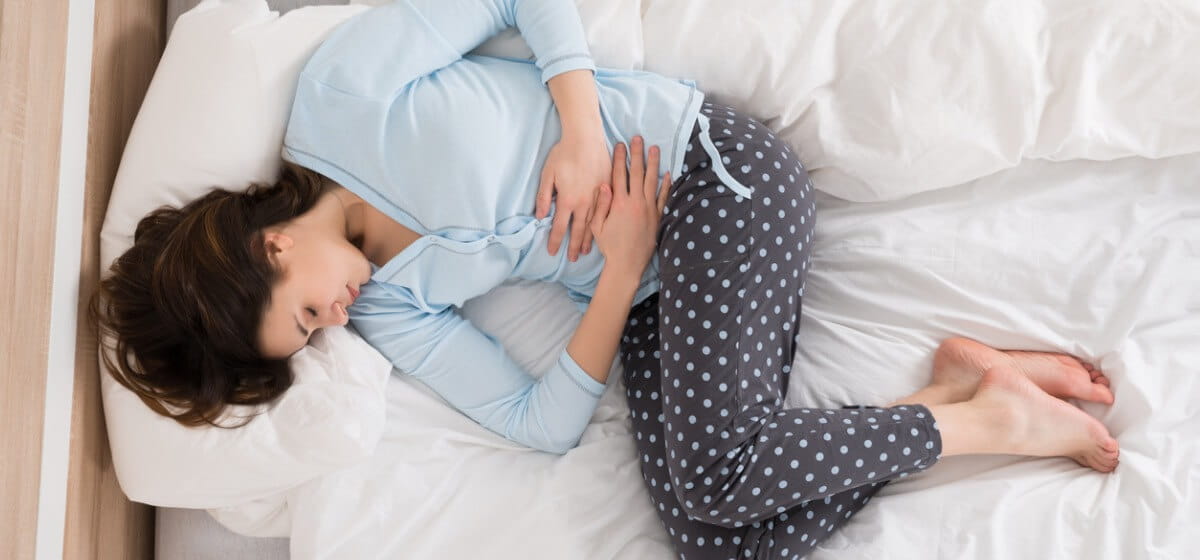Fibroids: Symptoms, Causes and Treatment

Uterine fibroids are common non-cancerous growths in the uterus that range in size from tiny and undetectable to the human eye to large masses that can affect the size and shape of the uterus. Also known as leiomyomas, fibroids almost never develop into cancer and are not associated with an increased risk of cancer.
Uterine Fibroid Symptoms
Many women develop one or more fibroids at some point in their life, often during childbearing years. In some cases, there are no symptoms and fibroids are only detected as the result of scheduled pelvic exam or prenatal ultrasound.
Fibroids can, however, produce a number of symptoms that may include:
- Heavy menstrual bleeding (also known as menorrhagia)
- Anemia from heavy menstrual bleeding
- Discomfort in the lower abdomen
- Pain in the lower back or legs
- Frequent urination
- Constipation
- Painful intercourse
Fibroids can also result in fertility and pregnancy issues, including repeated miscarriages and problems during labor.
Uterine Fibroid Causes
Doctors don’t know what causes fibroids, but levels of the hormone estrogen may be a factor. During childbearing years, a woman’s estrogen and progesterone levels are higher. When estrogen levels are high, especially during pregnancy, fibroids tend to swell. Fibroids are also more common in women who take birth control pills containing estrogen. On the contrary, fibroids tend to shrink when estrogen is low, such as during and after menopause.
Genetics and race may play a role in the development of fibroids. A family history of fibroids makes a women more likely to develop them. African American women are more likely to develop fibroids than women of other racial groups.
Diet also appears to play a role in the development of fibroids. Vitamin D deficiency, a diet low in green vegetables, fruit and dairy, and high in red meat are factors, as is drinking alcohol.
Early onset of menstruation may also increase risk.
Uterine Fibroid Treatments
If fibroids are not affecting a woman’s quality of life, their doctor generally will choose not to treat them. When treatment is necessary, both medication and surgery are options.
Medication – Medicines tend to be the first form of treatment used for fibroids. A group of drugs called gonadotropin-releasing hormone agonist (GnRHa) decreases the body’s production of estrogen and progesterone, which shrinks fibroids. This form of treatment, which stops the menstrual cycle without affecting fertility, is for short-term use only. While effective, it can lead to menopause-like symptoms including sweating, vaginal dryness and hot flashes.
Other medications used include non-steroidal anti-inflammatory drugs (NSAIDs), birth control pills and an implant called a levonorgestrel intrauterine system. It is implanted in the womb and releases the hormone levonorgestrel, which slows the growth of the uterine lining and can reduce menstrual bleeding.
Surgery – A number of different surgeries can be used to treat fibroids. They range from removal of the individual fibroids (known as myomectomy) to removal of some or all of the uterus (a hysterectomy) plus the ovaries and fallopian tubes. The number, size and location of fibroids, as well as a woman’s symptoms, determine which type of surgery is recommended.
Fibroids are Treatable
Fibroids can cause a wide range of unpleasant symptoms. Fortunately, there are lifestyle changes and treatments that can reduce the risk of fibroids developing and help shrink or remove them if they do develop.



